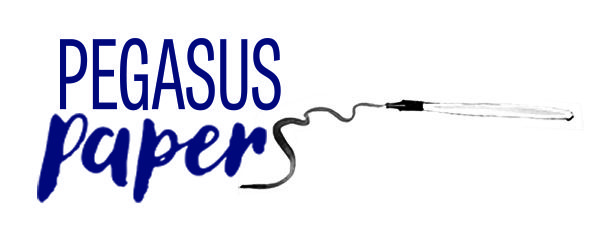8 Tales about the history of art materials
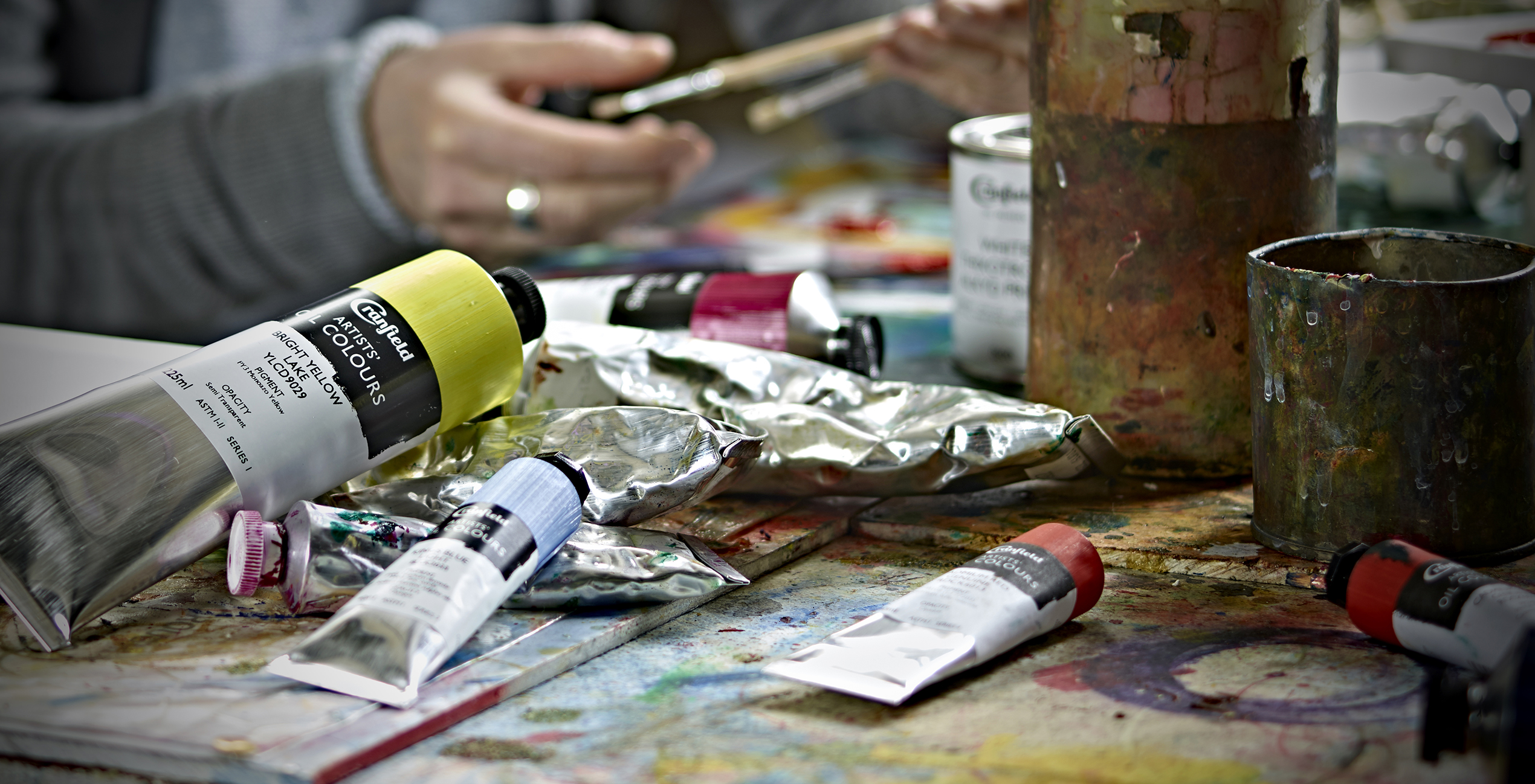
Famous artists are often associated with drama and intrigue – Van Gogh with all his genius and turmoil, Picasso – genius and womaniser, Frida Khalo – the fiery Surrealist who had an affair with Trotsky or Pollock the irreverent alcoholic who turned the art world on its head.
You might not have heard so much about the history of art materials. Their manufacture holds many fascinating historical tales of its own. Artists and their materials are so intertwined, it is churlish to discount their significance as tools of their genius. Here I touch on eight tales of world famous artists, the materials they couldn’t live without and how they were made.
Sennelier Oil Pastels
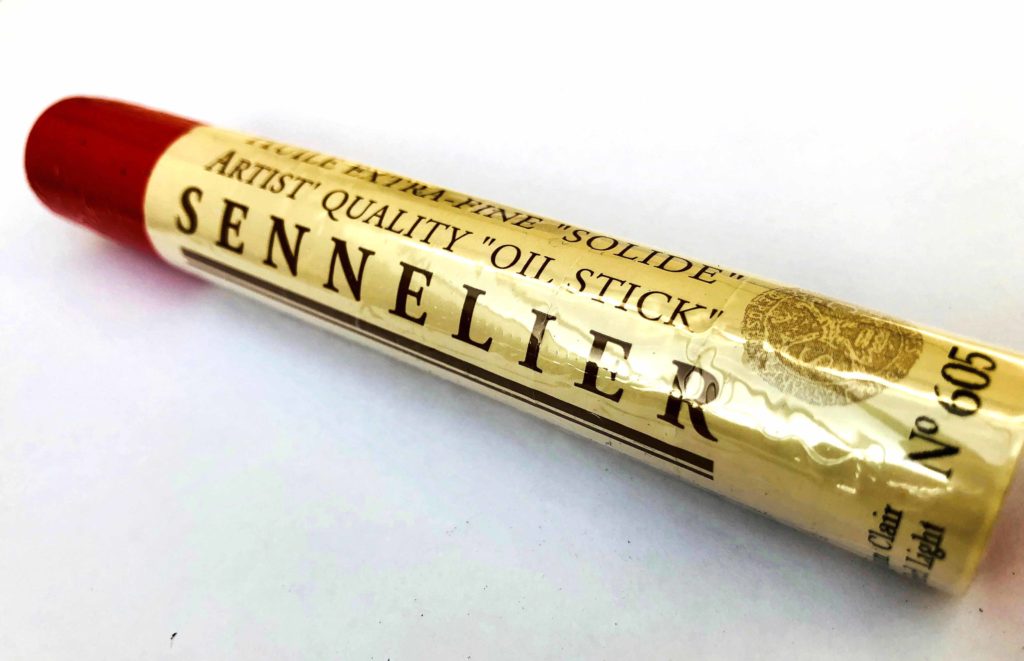
In 1949, Parisian painter Henri Goetz approached Henri Sennelier, the famous art materials manufacturer, about creating a wax colour stick for his friend Pablo Picasso. Picasso, a long-time Sennelier customer and a frequent visitor to their shop near the Louvre museum, was looking for a medium that could be used freely on a variety of surfaces without fading or cracking. Their collaboration produced the first professional quality oil pastel for the famous artist.
Their art shop opened in 1887, near the famous Ecole des Beaux-Arts. It was frequented by Cezanne and Gauguin who shopped in the neighbourhood. Henri’s father Gustave travelled Europe searching for pigments. If a painter couldn’t find the colour he wanted, Sennelier would mix it for them. Vincent Van Gogh is also known to have used their oil paint.
You can buy Sennelier Oil Sticks at Pegasus Art in 55 colours for £5.75 each.
Golden Acrylics
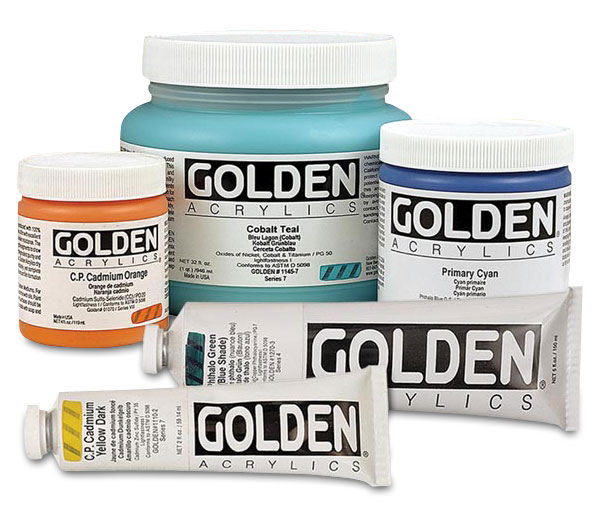
Acrylic paints were first developed in America. Sam Golden started out in the 1930’s and by 1949 was supplying artists such as Jackson Pollock, William de Kooning, Helen Frankenthaler and Mark Rothko.
The Golden Company has gone on to produce one of the finest artists acrylics. The brand is greatly respected in the artist community.
Pegasus Art offers the Golden Heavy Body Acrylic range, plus all the acrylic mediums, gels and gesso products. Browse online here.
Fabriano Paper
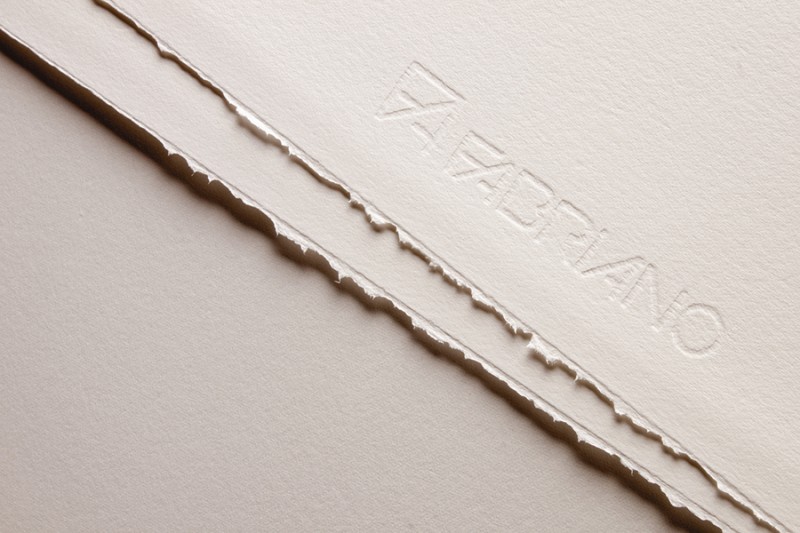
Paper making is the most ancient of crafts. European paper making began in the late 13th century and by the 14th century Fabriano was at the heart of paper making.
The company is named after its location, a town in the Italian Marche region, near the port of Ancona that traded with the Arabs at this time. Fabriano became the home of modern paper making with many qualified artisans working for the organisation.
Early paper making by Arabs used a manual wooden beater and stone mortar which was replaced by the invention of the hammer mill. Combined with the use of animal gelatin for surface sizing and watermarking meant a huge leap forward in production. Fabriano employed their own salesmen to visit customers located across Italy, Spain and France, building relationships and trade.
Michelangelo loved Fabriano paper
The industrial revolution saw a massive upturn in fortunes for papermakers thanks to Pietro Miliani who founded Cartiere Miliani which grew to be a major player and won prestigious awards. His son and grandson continued the family business.
For over seven centuries Fabriano’s paper mill has been renowned for producing the finest art, writing paper and paper for printing money. Their exquisite papers were used by some of the most admired artists of all time; Michelangelo, Da Vinci and Raphael – works that can still be seen today.
Read more about the history of Fabriano here.
Old Holland Paints

One of the leading Dutch paint manufacturers is Old Holland who have been producing classic colours for over three centuries, since 1664. Their paints have been used by Van Gogh, Vermeer and the Dutch Royal Family.
It all started with the Guild of Saint Luke in The Hague who set up the ‘Painters confraternity Pictura’ and the Academy of Fine Arts. They started to make their own paint and this is where Old Holland began. They bought pigments from traders, added resins and the paint was poured into pig’s bladders and sold to artists.
New zinc paint tubes
At the start there were only 18 pigments, with more colours being introduced, using cold pressed linseed oil from the first pressing of the seeds. In 1841 collapsible zinc paint tubes become available and there was no longer any need for the pig’s bladder!
Artist Willem Roelofs took over the company in 1870 and it passed to his son Albert and it stayed in the family until 1982 when Theo de Beer revived and modernised the production. The colour range increased to 168 oil colours, watercolours and acrylics.
Browse our range of Old Holland Oil Colours here.
Winsor & Newton and the Royal Warrant
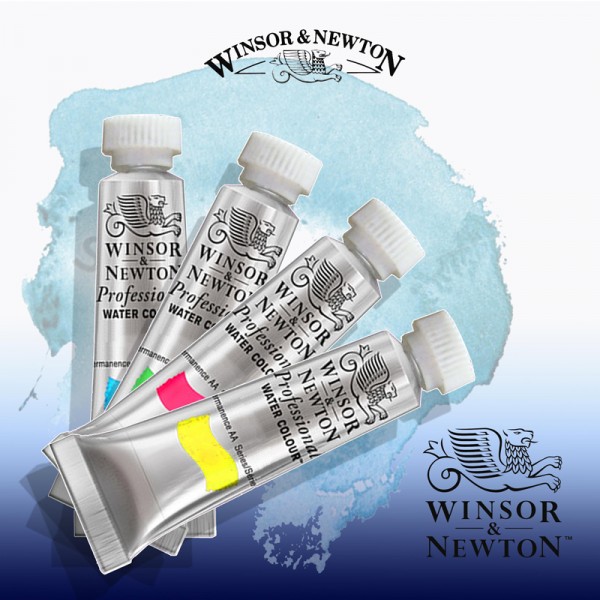
Royals over the centuries have dabbled with fine art and Queen Victoria liked to paint portraits of family and the stunning landscapes of her world. She enjoyed the qualities of the Winsor & Newton paints so much, she awarded them a Royal Warrant in 1841.
Victoria’s favourite brush size was No. 7 and they were originally made using the finest sable with a silver ferrule and ivory handle! She requested to have a set of watercolour brushes made to her specification and so Series 7 went into production. Those materials have changed, but the brushmaking skills are still extraordinary. Did you know it takes 20 steps to make a Series 7 brush, all of which are made and measured by hand!
Japanese Paper Place
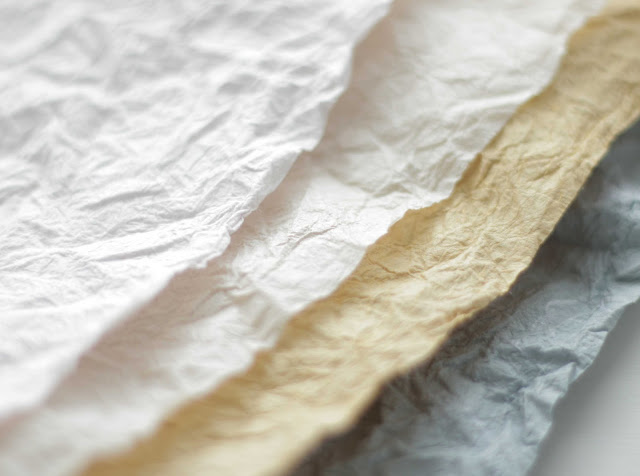
In 1800’s Japan there were over 100,000 families working in the papermaking industry, now there are only 350. Modern technology has replaced so much of the traditional process, but there is a group of purists who continue working in the old way, passing on their knowledge to the next generation. According to a Japanese proverb, “Things of excellence shall not die.”
These delicate Japanese papers are more popular than ever, and we sell an extensive range at Pegasus Art, supplied by The Japanese Paper Place based in Canada.
How it all began
Nancy Jacobi, founder of JPP, loved the paper so much she started showing artists and bookbinders her discovery from the trunk of her car in the early 80’s. Nancy had discovered the paper while teaching English in Japan over forty years ago. “Everything in Japan was covered or wrapped in this beautiful paper – there was nothing like that in Canada.”
Washi paper has been made since the 7th century for shoji screens, lamps, window coverings, book restoration and so on. Rembrandt used Japanese paper for his drawings and etchings along with his students and contemporaries. “There are stories of the artists chasing down the Japanese dealers when they came to town, it was so rare it was like gold.”
Oguni Washi is made in an age old traditional process. After scraping the kozo-bark, the white bark is ‘bleached’ by laying it on top of the snow and exposing it to the sun. Incredible!
She has remained committed to promoting traditional paper making and supporting those families ever since. They do have a warehouse full of machine made and decorative Japanese papers, but at the heart of the business are the handmade papers.
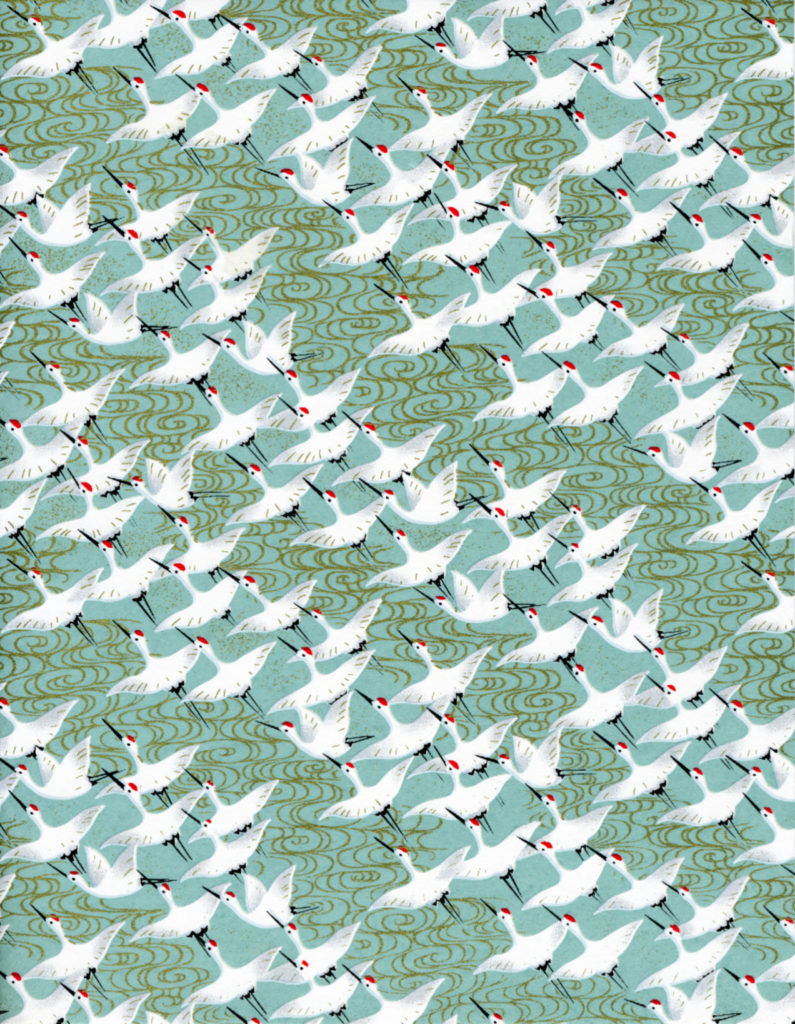
Japanese Paper for sale at Pegasus Art.
Cranfield Colours
We have a close relationship with Cranfield Colours, not only because they are supremely professional and efficient to work with, they are also very warm natured and care deeply about their products.
Cranfield is a third generation paint and printing ink manufacturer based in Wales. In the late 1920’s George Craine Senior was working in Sugarhouse Lane, a hub for the ink making industry. He learnt his trade and was an innovator in colour making, using new machinery and putting the needs of the artists and printmakers first and foremost.
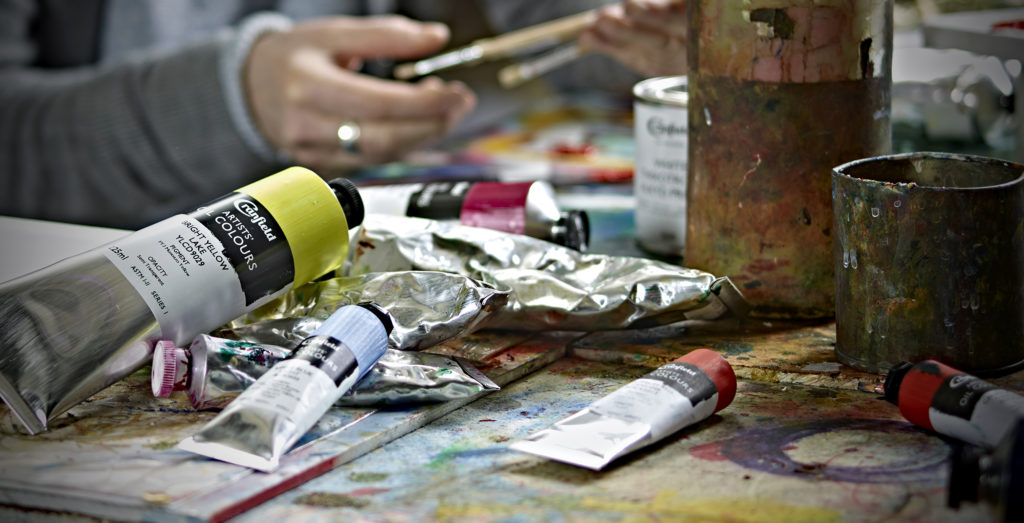
Cranfield has an artisan culture at it’s core. They still use the same principals for putting the artists first, colour perfection and progressive technology that the current MD Michael Craine’s grandfather used generations ago.
New Cranfield podcast
Cranfield have harnessed the digital revolution with buoyant social media channels where you can join them on their colour journey, ‘Colour Like No Other’. Listen to a new series of podcasts in which they share poignant historical anecdotes from the history of Cranfield Colours. One example is a visit by all three generations back to Sugarhouse Lane and to George Craine’s office, now part of a modern housing development. On meeting the builders, and discussing the origins of the warehouse, it explained the reason why each time they drilled into the walls….coloured dust came out!
The many workers in the printmaking factories were allowed to leave early on Christmas Eve to play an annual game of cricket in the streets of Sugarhouse Lane. The bat was a bit of an old palette and the ball was printers rags tied up with string. To this day, the Cranfield team use the same old bat to play in their outdoor yard. These very personal anecdotes really bring the organisation to life, highlighting the many individuals that make it such a success!
Find out more at www.cranfield-colours.co.uk/discover
Order Cranfield Colours products in the online shop at Pegasus Art.
St Cuthberts Mill
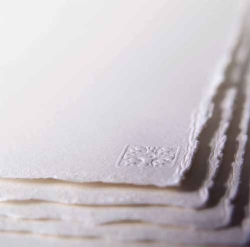
St Cuthberts Mill has been making paper since the 1700’s taking advantage of the pure waters of the River Axe in Somerset. Driving through pretty villages the giant mill building appears, solid and grand amongst green fields, as it has done for generations. The sparkling mill water is naturally very clean. St Cuthberts returns clean water back again after the whole process is complete. Nature is abundant here – trout, ducks enjoy the river, while deer and rabbits are often seen in the landscape.
The building itself is very handsome, made using local stone in 1850 with two majestic lion statues guarding the secrets within! The mill owner at the time brought them back from an expedition to Italy. Serendipitously the mill is now owned by one of the art industry giants, Fila.
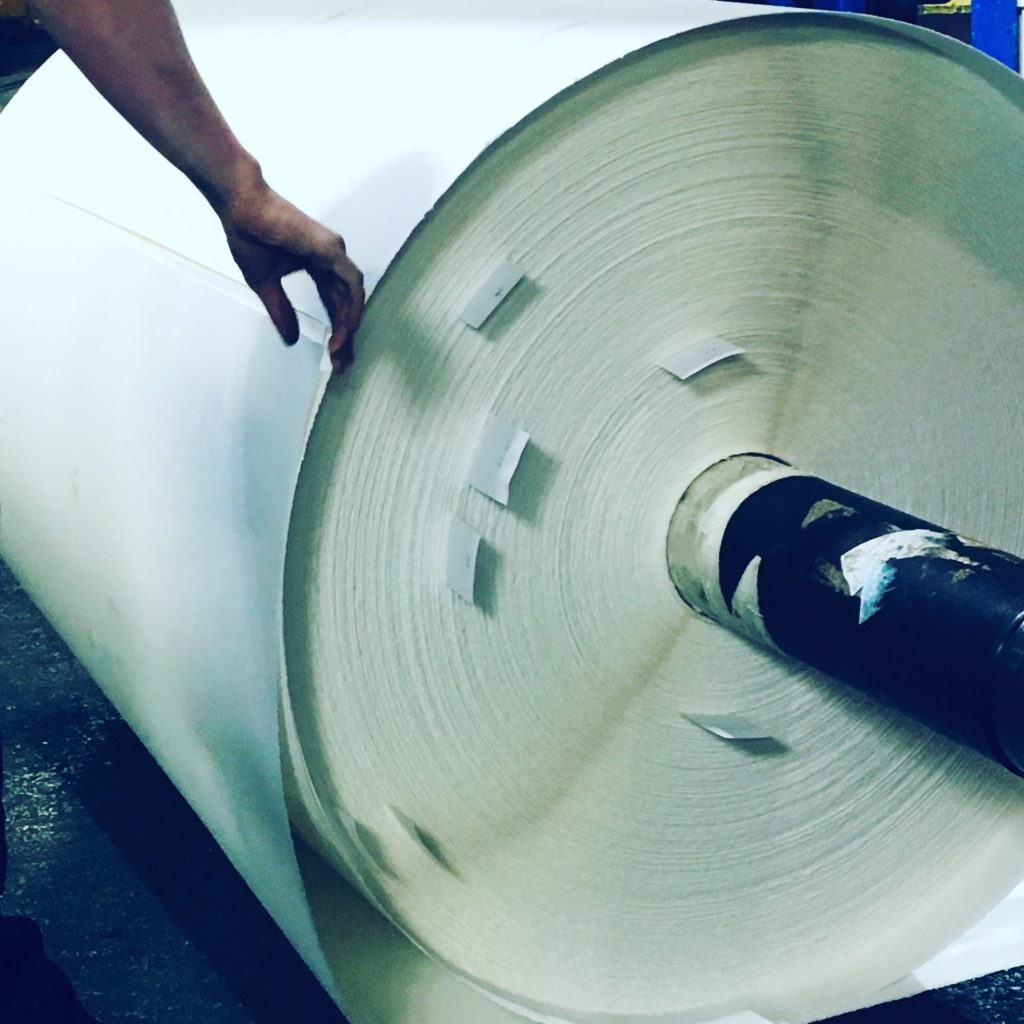
Their highly skilled team of master papermakers make beautiful mould made papers, using one of the few remaining cylinder mould machines left in the world. The raw materials for making the paper is sustainably sourced. On my visit they have huge bales of eucalyptus pulp waiting for treatment.
Papers can even be made to order for a customers’ special requirements including a personal watermark, embossed marks, unique paper recipes and different shades of colour.
Their Saunders Waterford watercolour paper is much admired and has the endorsement of the Royal Watercolour Society. It is mould made, surface sized, watermarked with deckled edges in 100% cotton. Bockingford watercolour paper is made with the cylinder mould to archival standards.
St Cuthberts Mill is a gem of the UK fine art craft industry.
Read more about St Cuthberts Mill here.
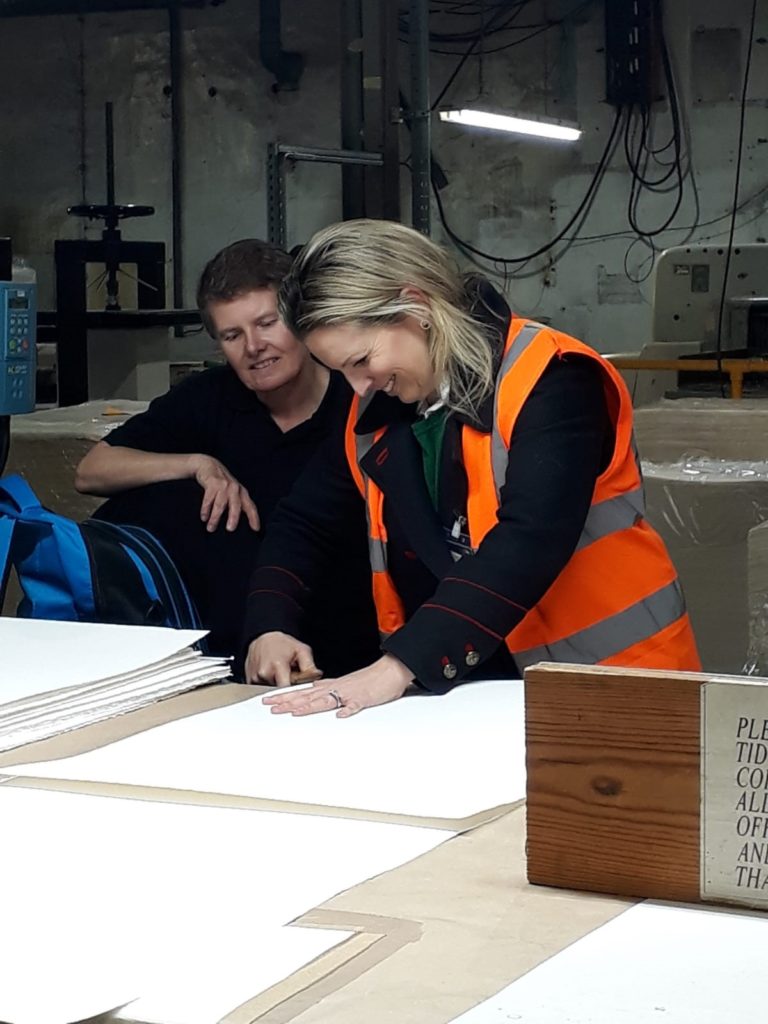
Here at Pegasus Art we care deeply about the materials we sell, our suppliers, their processes and the customers who buy them! The history of art materials is a fascinating part of our job, knowing that each product carries a long (often prestigious) history of its own. Fine artists appreciate all the care and attention that goes into creating these materials and are often experts in the technical elements of the products they use.
At the moment, we are running on a skeleten staff, but when we are back to normal, please do get in touch. Our artist staff would be delighted to answer any technical questions you may have.
info@pegasusart.co.uk
01453 886560
